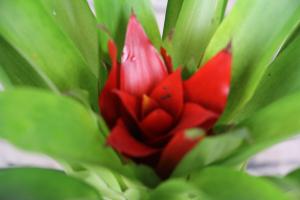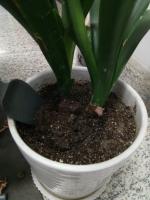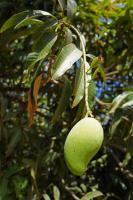When to Plant Peppers & Tomatoes
Peppers and tomatoes are some of the most popular vegetables to grow in gardens. Not only are they versatile in the kitchen, but they're also relatively easy to grow. However, planting them at the right time is crucial for a successful harvest. Read on to find out when to plant peppers and tomatoes in your garden.
Peppers
Peppers are warm-season vegetables that thrive in sunny spots with well-drained soil. They're a great source of vitamins A and C and come in various colors and flavors. Depending on where you live, you can plant peppers either as seeds or seedlings. Here are some general guidelines:
If you live in a warm climate with a long growing season, such as the southern United States, you can plant seeds directly in the ground in early spring. The soil temperature should be at least 60°F (15°C) for the seeds to germinate.
If you live in a cooler climate with a shorter growing season, you can start seeds indoors six to eight weeks before the last frost date in your area. Once the seedlings have at least two sets of true leaves, you can transplant them outside.
If you prefer to skip the seed-starting process, you can buy seedlings from a nursery and plant them outside after the last frost date. Make sure to harden them off first by gradually exposing them to outdoor conditions over a week or two.
Peppers generally take 70-90 days to mature, depending on the variety. They also need consistent moisture and regular fertilization to produce well. Mulching around the plants can help retain moisture and suppress weeds.
Tomatoes
Tomatoes are also warm-season vegetables that require full sun and well-drained soil. They're high in vitamins A and C and antioxidants, as well as incredibly versatile in recipes. Here's when to plant them:
If you live in a region with a long growing season, you can plant tomatoes outdoors as soon as the danger of frost has passed and the soil has warmed up to at least 60°F (15°C). This is usually in late spring or early summer.
If you live in a cooler climate or want an earlier harvest, you can start tomato seeds indoors six to eight weeks before the last frost date in your area. Transplant the seedlings outside after the danger of frost has passed and the soil has warmed up.
If you prefer to buy seedlings, choose healthy plants with thick stems and dark green leaves. Again, harden them off before transplanting them outside.
Tomatoes take 60-100 days to mature, depending on the variety. They also require regular watering and fertilization, as well as staking or caging to keep the vines off the ground. Mulching can also benefit tomato plants by conserving moisture and preventing soil-borne diseases.
Conclusion
Planting peppers and tomatoes at the right time can make all the difference in their growth and productivity. Whether you start from seeds or seedlings, indoors or outdoors, make sure to follow the specific recommendations for your location and climate. With care and attention, you can enjoy a bountiful harvest of these delicious and nutritious vegetables.

 how many times do yo...
how many times do yo... how many planted tre...
how many planted tre... how many pine trees ...
how many pine trees ... how many pecan trees...
how many pecan trees... how many plants comp...
how many plants comp... how many plants can ...
how many plants can ... how many plants and ...
how many plants and ... how many pepper plan...
how many pepper plan...
































